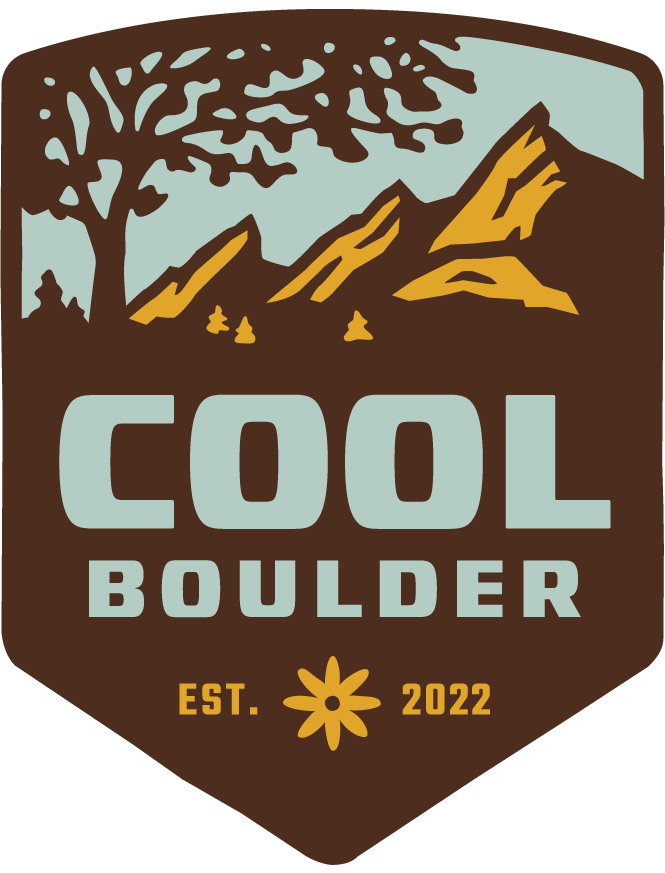Fire and Landscaping
Wildfire risk is something that must be factored in when engaging in landscape work in Colorado, and there are particular considerations involved when working in areas that have recently burned. Review the resources below for some guidance on landscaping practices to reduce wildfire risk and restore soil health.
Risk Mitigation
Know Your Risk:
Curbside + Home Assessment Program - Boulder Fire Department
Colorado Wildfire Risk Atlas - CO State Forest Service
Preparedness:
Wildfire Partners Program - Boulder County
Wildland Fire Preparedness Guide - Boulder Fire Department
Home Ignition Zone Guide - CO State Forest Service
Technical Note on Fire Hazard Mitigation - National Institute of Standards and Technology
Plant Guides:
Low Flammability Landscape Plants Guide - CSU Extension
The Fire Resistance of Plants Master Database - Idaho FireWise
Restoration
Tree Care:
Tree Planting Guide - Tree Trust
Planting Trees Guide - CSU Extension
Care of Recently Planted Trees - CSU Extension
Wrapping Trees for Winter - CSU Extension
Soil Considerations:
Managing Soil Tilth - Colorado Master Gardener CSU Extension
Fertilizers and Soil Conditioners - CO Regulations
Using Compost in the Home Garden - Colorado Master Gardener CSU Extension
Things to Keep in Mind:
Soil, compost, and other materials can move and cause problems in high wind events or heavy rains. Time the delivery of materials for just before a project begins. Use sediment barriers (silt fencing, filter socks), think about where deliveries should be deposited, whether they should be covered with tarps, etc.
Eliminate boundaries in texture between existing soil and fill soil. When a soil with a different texture is added on top of any existing soil, water infiltration will slow at the boundary. To avoid this, blend some of the new soil with some of the old soil over a depth of six inches.
Be aware that the term “topsoil” has a specific legal meaning in Colorado: it is “the material at the surface of the earth which has been has been so modified and acted upon by physical, chemical, and biological agents that it will not support rooted plants necessary to achieve reclamation goals.” Go with a source that can give you analytics and/or as much information as possible.
In Colorado, compost in unregulated. Materials sold as “compost” could be anything (plant materials, manure, biosolids, animal by-products, etc.) and could be at any stage of decomposition. Not all “composts” are good for the soil. Go with a source that gives you analytics.
